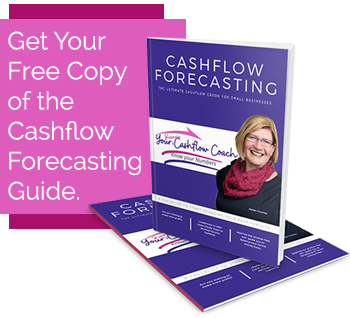The price you charge for your product or service is one of the most important business decisions you will make. Setting a price that is too high or too low will – at best – limit your business growth. At worst, it could cause serious problems for your sales and cash flow. If you’re starting a business, carefully consider your pricing strategy before you start, once established the businesses can improve profitability through regular pricing reviews.
When setting your prices, you must make sure that the price and sales levels you set will allow your business to be profitable. You must also take note of where your product or service stands when compared with your competition.
Below are a few important facts that will help you to understand how your pricing structure should be set.
- How much does it cost you to provide your product and service?
This includes costs of your product and service delivery as well as your total overheads, sales and marketing expenses, and don’t forget your own desired PROFIT. This can mean a whole range of things like EFTPOS terminal fees, packaging, credit card fees, payment gateway charges, showroom or storage costs. Don’t forget to factor in rising costs such as increasing superannuation payments and electricity.
- Calculating your price of goods to earn a profit
There are two margins that need to be considered when monitoring your profitability: gross margin and net margin. Knowing these figures helps to set prices for goods and to calculate your sales targets.
Gross margin and Gross Profit
Gross margin is money left after subtracting the cost of the goods sold from the net sales and can be a dollar value (gross profit) or a percentage value.
Net sales is the total value of sales for a given period less any discounts given to customers.
For service businesses, this is the same – however occasionally they don’t have cost of goods.
Examples
To get your Gross Profit………Net Sales $52,000 less Cost of Goods Sold $31,200 = Gross Profit (dollar value) $20,800
To get your Gross Margin (percentage value) ……… (Gross Profit dollars $20,800 / Net Sales dollars $52,000) x 100 = Gross Margin – (percentage value) = 40%
- How much are your customers prepared to pay?
It’s important to know what customers think they should be paying for your product or service. Customers may see extraordinary value from something that isn’t expensive to make or deliver. To set your price to cover costs in this instance may be robbing you of profits.
- What position do you want to take in the market?
You will need to decide if you want to market your service or products to the lower or higher end of the market. However, don’t forget if your product or service is more expensive to provide than customers are prepared to pay, there is a problem. Deciding whether your price will attract bargain hunters or people looking for quality is part of your marketing strategy and is important to consider.
- What do they think about your price: too high or too low?
A survey is a great way to find out what your customers think of your service/product price and other important factors within your business. To fully understand what your customers really want and if they think your pricing is value for money ask 4 or 5 questions relating directly to your business and your customers.
- How much to your competitors charge?
It’s important to understand what your competitors are charging and if possible the reasons for their price.
If there is a difference in price it is important to be able to communicate to customers the reason for the difference such as quality, cost savings, after sales service and experience. Never assume your competition has got their pricing right.
- What is the demand of your product?
How long can you sell your products or services at the premium price? For example, leading up to Easter, shops can charge a premium price for Easter eggs but as soon as Easter has finished the demand is low and then the prices drop. For those in the tourism industry there are clear peak times and off peak times which result in different rates. Does this apply to your industry?
- What is the Life Cycle of Your Product or Service?
If it’s a new product like new technology customers will often pay top dollar to be one of the first to own the product but as soon as it’s not considered new, the price will need to drop to attract customers and remain competitive. This practice is also known as ‘price skimming’ where businesses maximise their profits by charging a higher price when demand is high and gradually lowering the price over time. This is a particularly important strategy for products perceived as rare or high quality.
- Bottom line
Know where your products or services sit within the market place. Doing so will save you, countless hours of worry about prices. The idea here is not to purely focus just on pricing but to how your business can market itself using the above strategies whilst creating happy customers and a profitable business.




